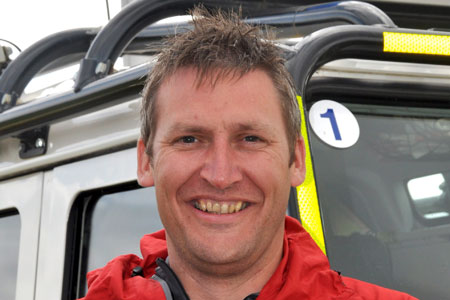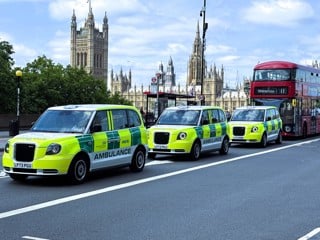The vehicles are held at the various bases and most teams will have three or four on-site. The majority of the fleet is fitted as emergency response vehicles.
Insurance scheme to save £50,000 a year
Historically, insurance has been one of the fleet’s most expensive outlays. In the past teams had to arrange their own policies, meaning several different insurers were used, but Mountain Rescue has put together a new scheme.
This means insurance is now managed nationally with overall savings expected to be around £50,000 a year.
“If we can provide some of the things for teams, more money is then made available for casualties,” says Garfield.
All volunteers go through an assessment process on their general all-round competence in mountaineering, which includes navigation, rope skills, personal safety and first aid.
Garfield is now concentrating on an internal driver training programme but is cautious not to ring fence the volunteers too much.
“We’re all volunteers. If I try and create too much labour and information for them it will backfire,” he says.
"They are volunteers and give up their free time to work with us. There has to be a balance."
Mileage varies throughout the fleet dependent on the terrain and location. Some teams will keep vehicles for 5-10 years and then pass them on to teams that have lower mileage.
“Some teams are running vehicles from the early 1990s,” says Garfield.
“What is good about Mountain Rescue is the teams work well together and recycle vehicles among each other.”
In the future, he is aiming to create more standardisation, increase training and improve overall efficiency.





















Login to comment
Comments
No comments have been made yet.